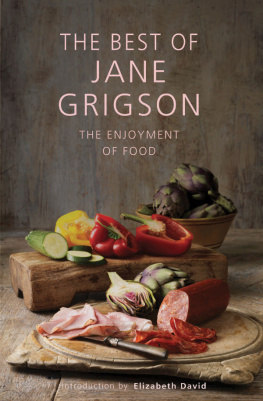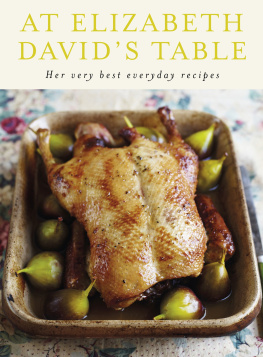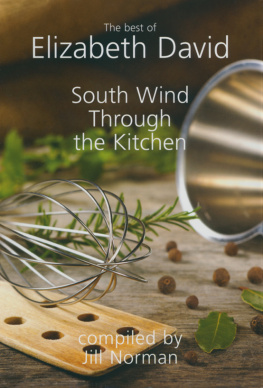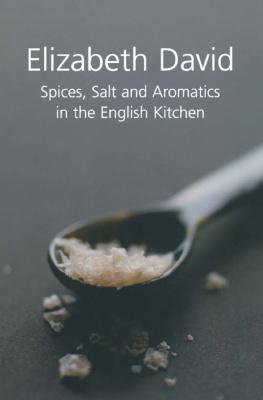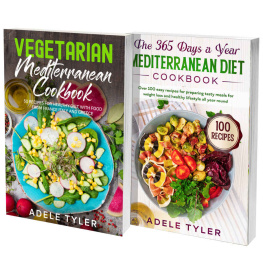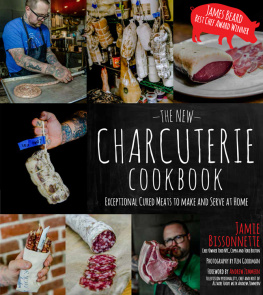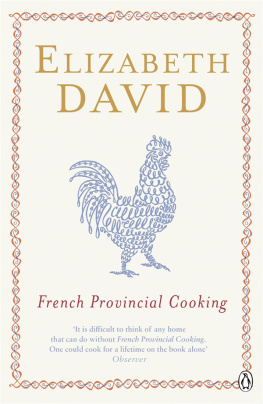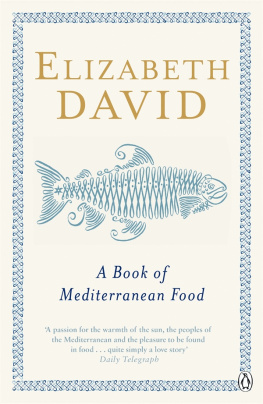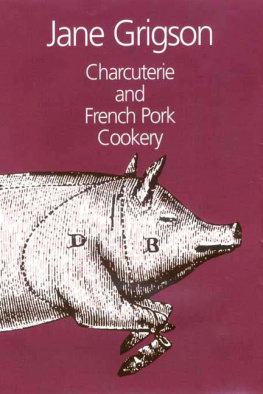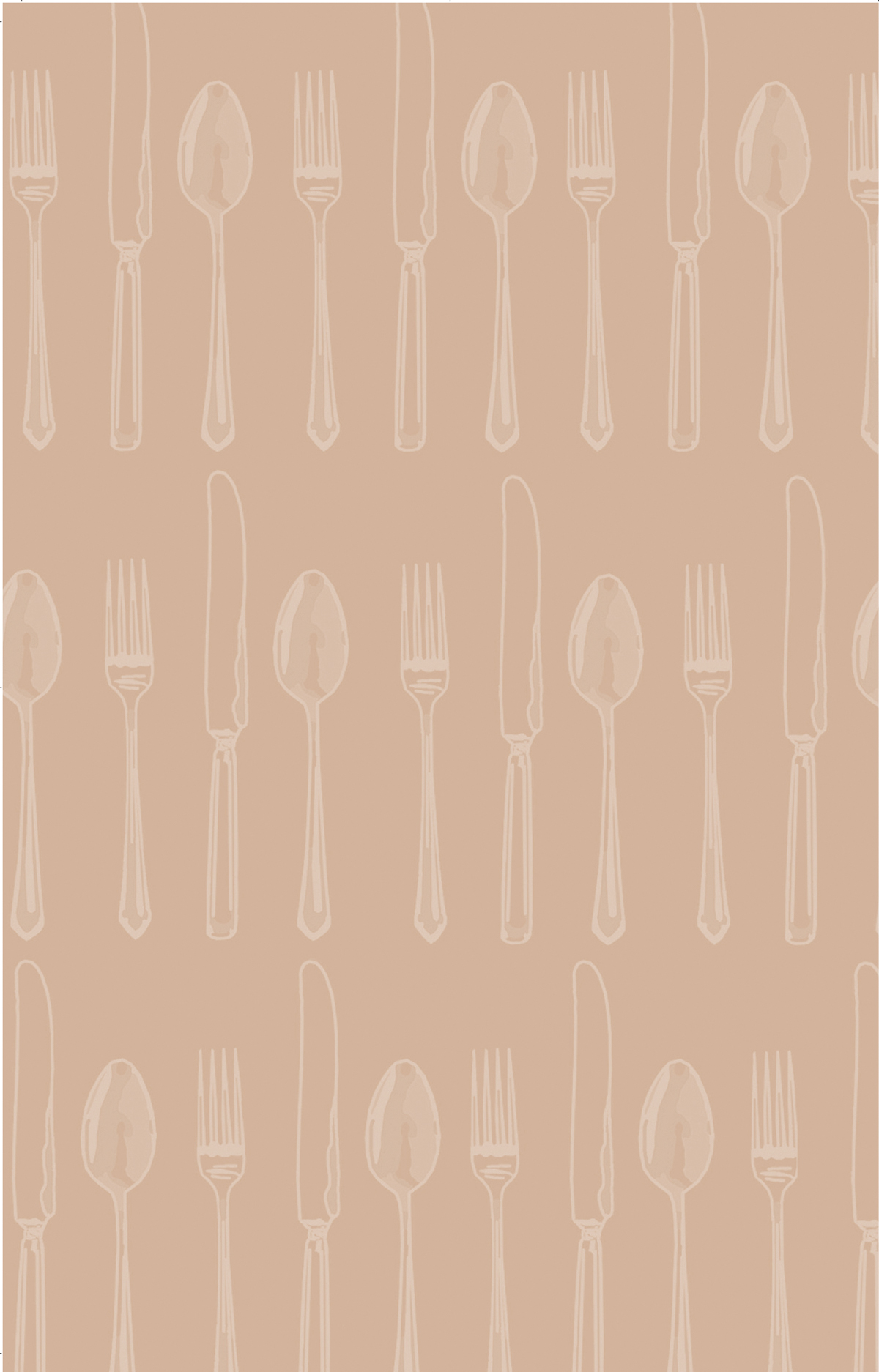
THE BEST OF
JANE
GRIGSON
THE ENJOYMENT OF FOOD
JANE GRIGSON
Compiled by Roy Fullick
Published in 2015 by
Grub Street
4 Rainham Close
London
SW11 6SS
Email:
Web: www.grubstreet.co.uk
Twitter: @grub_street
First published in Great Britain by Michael Joseph in 1992
Copyright Sophie Grigson, 1992, 2015
Copyright this edition Grub Street 2015
A CIP catalogue record for this book is available from the British Library.
ISBN 978-1-909808-28-7
eISBN 978-1-910690-56-7
Mobi ISBN 978-1-910690-56-7
The moral right of the author has been asserted.
All rights reserved. Without limiting the rights under copyright reserved above, no part of this publication may be reproduced, stored in or introduced into a retrieval system, or transmitted, in any form or by any means (electronic, mechanical, photocopying, recording or otherwise) without the prior written permission of both the copyright owner and the above publisher of this book.
Design by Roy Platten, Eclipse.
NOTE BY THE COMPILER
ROY FULLICK
Jane Grigson died in 1990 at the height of her culinary and literary powers, leaving behind a considerable body of published work on food and cooking, and a reputation in her field of the highest order. Inspired by Elizabeth David, she disseminated their shared belief that it was possible for people in this country to eat better, more excitingly and more enjoyably than ever before if they were open to the real pleasures of the table and were willing to experiment.
This book is intended both as a tribute to Jane Grigsons culinary skills and scholarship and as a practical cookery book. It is divided into eight chapters, broadly comparable in layout, which illustrate her personal interests and give a glimpse of Jane the person. All of the early recipes have now been metricated; a note after each extract or recipe shows the book or magazine from which it was taken.
As Jane herself wrote in the Introduction to Good Things : Anyone who likes to eat can soon learn to cook well. Her books and articles provide an invaluable guide to achieving that culinary success.
INTRODUCTION
BY ELIZABETH DAVID
The first I ever knew of Jane Grigson was a typescript sent to me by Anthea Joseph of Michael Joseph, my own publishers.
For us in England, Janes Charcuterie and French Pork Cookery, published in 1967, was a real novelty, and a wonderfully welcome one. Now that the book has long since passed into the realm of kitchen classics we take it for granted, but for British readers and cooks in the late 1960s its contents, the clarity of the writing, and the confident knowledge of its subject and its history displayed by this young author were new treats for all of us.
The subject had been little dealt with in English culinary textbooks and for that matter it was, and remains, one seldom written about by the French but here was a writer who could combine a delightful quote from Chaucer on the subject of a pike galantine with a careful recipe for a modern chicken and pork version of the same ancient dish, and who could do so without pedantry or a hint of preciousness. Jane was always entertaining as well as informative.
Living half the year in France, the other half in their small Wiltshire farmhouse, provided Geoffrey and Jane with unusual opportunities for driving about the country, searching out interesting food markets and small restaurants where local specialities were likely to be on offer.
The Grigsons didnt frequent expensive establishments. They couldnt afford to. Indeed, I remember Jane telling me that for many years they couldnt even afford a fridge. So, for her, fresh food and good-quality produce never lost their importance or their impact. I think that was one of the essential points which made her articles and her books on English food so worthwhile, to herself as well as to her readers. Those were truly brave undertakings, and they were handsomely rewarded.
When, back in 1967, I read that typescript of Janes first book, I hadnt met her. It was only later, while the book was already in production, that Anthea Joseph invited us both out to lunch. After lunch I took Jane back to my Pimlico shop so that she could see the glazed stoneware salting jars and rillette pots and earthenware terrines we were at that time importing from France.
Jane found those traditional farmhouse and charcuterie preserving pots and jars as beautiful and beguiling as I did myself and of course they were very relevant to her book. We shared many tastes and convictions, so it was hardly surprising that we soon became firm friends, conducting long Sunday morning telephone conversations, corresponding on subjects of mutual interest anything from medieval English bread laws to eighteenth-century French ice creams and every now and again meeting for lunch or dinner in London.
On one memorable Sunday morning, when I had arranged for a Pakistani friend to take me, with Jane, to the big food market at Southall and to lunch afterwards in a local Indian restaurant, both Jane and my friend Nayab arrived to find my house in chaos.
Thanks to the ministrations of an inept plumber, who had, of course, quickly vanished, water from my bathroom was cascading through the living-room ceiling. Rugs, parquet floor, furniture, and my own sanity were all in jeopardy. It was inevitably Jane who took charge, fetching bowls from the kitchen, moving vulnerable furniture and piles of books out of the path of the deluge and generally restoring calm in what had threatened to become a disaster area.
It was a reassuring performance. Indeed, Jane was at all times a reassuring person. I loved her dearly. The cruel cancer which took her from us, so soon after the loss of her beloved Geoffrey, was met by her with the most marvellous courage and good humour. She even laughed at what she knew was her fatal illness.
This varied yet balanced compilation of Janes work will, whilst reminding us all of the loss of a major creative force in the cookery world, surely persuade everyone to acquire any of Janes books that are missing from their shelves. Hers are books which can be read in the comfort of ones sitting room as well as used in the kitchen.
AT HOME IN ENGLAND
JANE GRIGSONS ENTHUSIASM for English food and cooking stemmed back to her childhood in the north-east of England. We lived in Sunderland, in a tall house, with taller, much grander houses across the back lane which had become slum tenements. We spent holidays near Whitby, at the seaside or on farms with ducks and chickens in the yard, peas and gooseberries in the garden.
She was a relentless champion of the fine tradition of English cooking and of the quality of ingredients produced in these islands. Throughout her career, whether in articles for the Observer or in her books, she showed, time and again, that not only does Britain have a culinary heritage to be proud of, but that it is one that is still extremely active. English Food was a celebration of that heritage. Ten years later, in The Observer Guide to British Cookery, Jane explored the current state of food production and preparation; she gave support and encouragement to the new generation of chefs, producers and retailers who shared her vision.
Next page
